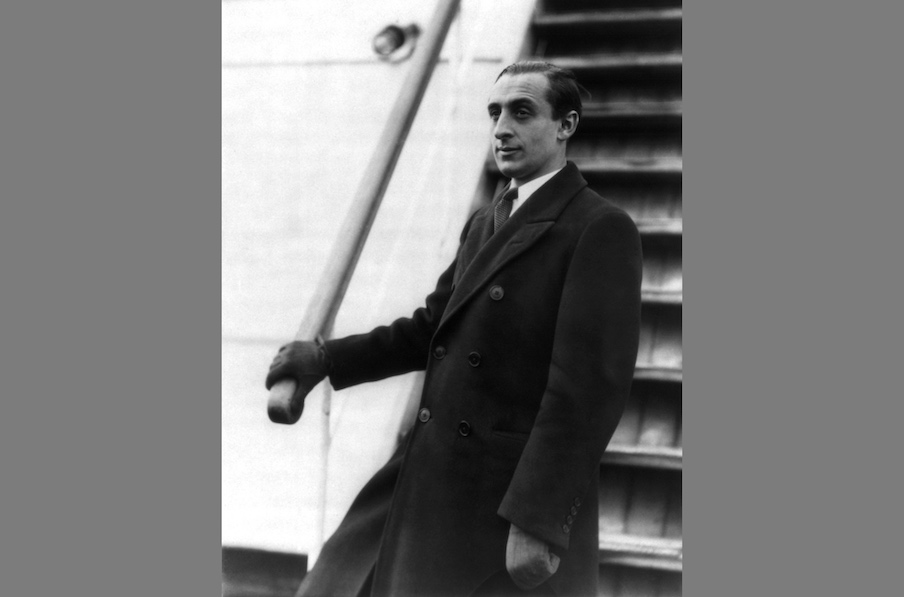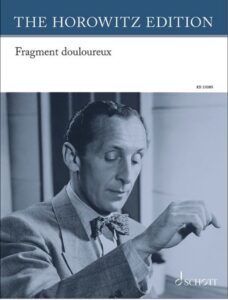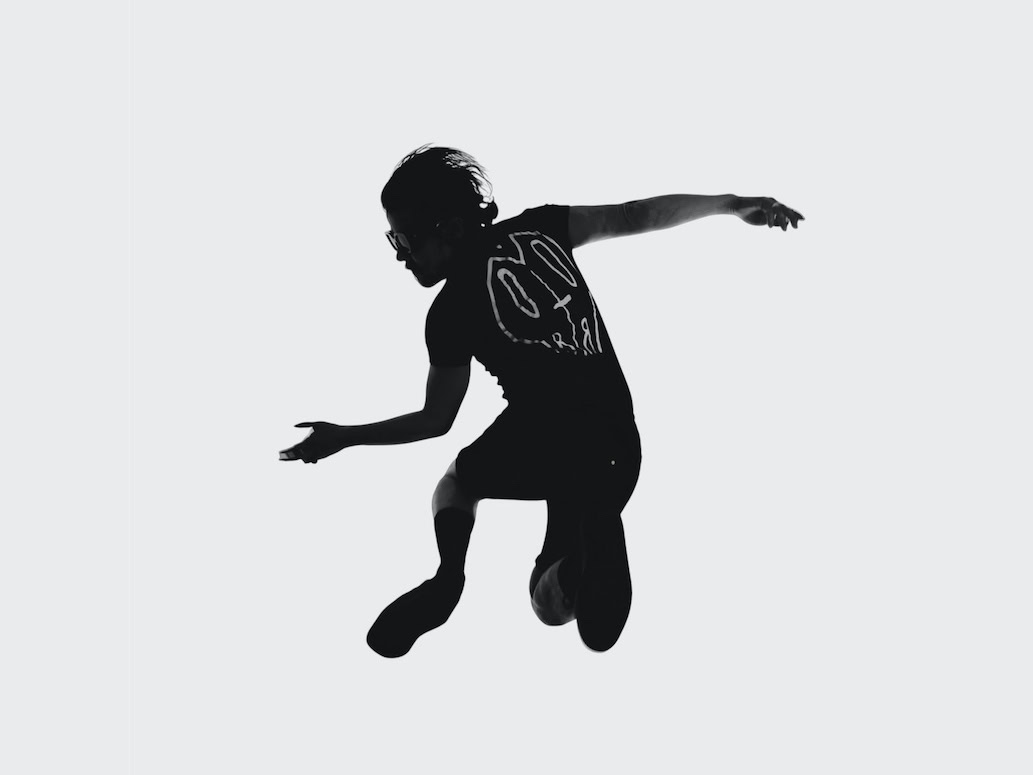Composition of the keyboard magician
The compositions of the young Vladimir Horowitz, long lost behind the Iron Curtain, appear in their own series.

It is generally known that Vladimir Horowitz, the legendary pianist, often interpreted the musical text in a very personal way and did not shy away from interventions. In Mussorgsky's Pictures of an exhibition The piano movement in a way that corresponded to his more orchestral conception of sound. Rachmaninov's Second Piano Sonata or Liszt's Mephisto Waltz he played in his private versions. Not to mention the numerous piano transcriptions, which also testify to his creative temperament and established part of his fame.
However, even die-hard fans might be surprised to learn that Horowitz was apparently also an ambitious composer as a teenager and wrote a whole series of original piano works. However, when the Russian Revolution reached Kiev and his family suffered greatly as a result, he had to give up this dream. He now tried to start a career as a pianist so that he could at least support his family financially. "If the revolution hadn't played so hard on his family and forced him to give concerts, the world would have known a different Horowitz later on," said his former classmate Vera Resnikov.
When Horowitz was later asked about his compositions in the West, he always replied that the manuscripts had remained in a secret place in Russia. It was not until 1986, when he was finally able to visit his homeland again, that he received the sheet music back. Schott Music has now set itself the task of publishing these previously unknown works as part of the Horowitz Edition.
Below is Fragment douloureux op. 14, probably the last composition written in Kiev. The piece comprises just 73 bars and begins "lento, lugubre, misterioso" as a kind of funeral march in 3/4 time. The following sighing motifs and sweeping arpeggios are strongly reminiscent of Rachmaninov, while the numerous trills from bar 27 onwards are more in Scriabin's handwriting. With a steady increase in tempo and dynamics, the piece reaches its culmination at bars 47/48 and from then on gradually returns to the atmosphere of the beginning "poco a poco a tempo lento". (Presumably a diminuendo should also be added here).
In its brevity, this Fragment douloureux a kind of drama in miniature. The piano writing is pianistically quite demanding and can only be mastered by big hands. The possibilities of the instrument are exploited with great flair. You can already sense the keyboard magician to come ... Horowitz dedicated the work to his piano teacher Felix Blumenfeld, who was himself a great pianist and composer.
Vladimir Horowitz: Fragment douloureux pour piano, The Horowitz Edition, ED 23085, € 12.00, Schott, Mainz








